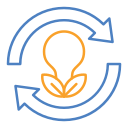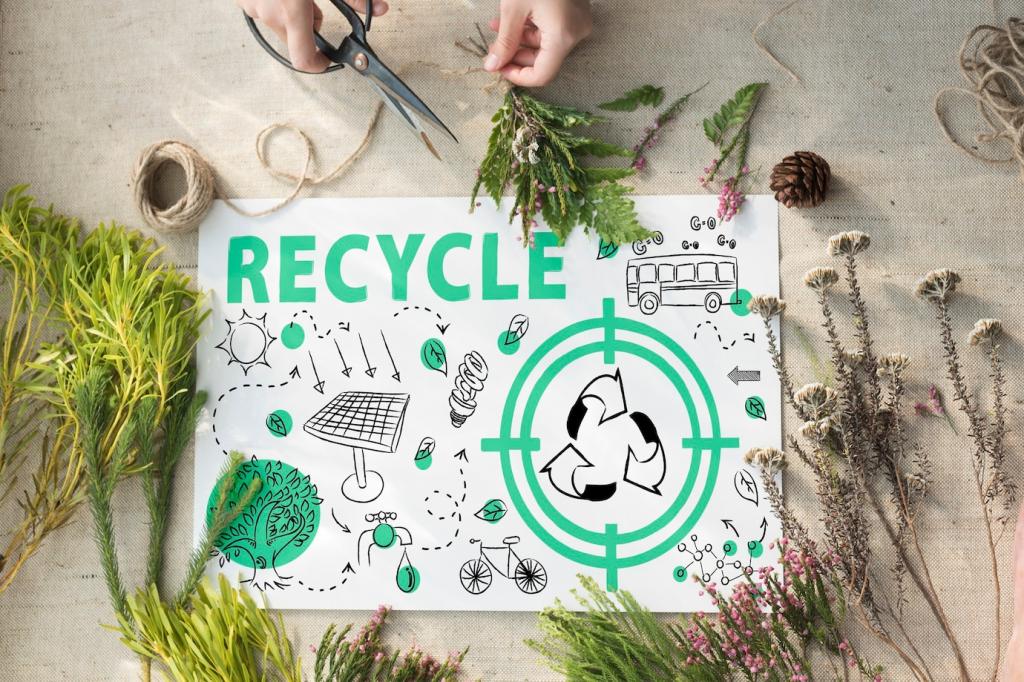Environmental Impact You Can Measure
Cleaner feedstock enables true fiber-to-fiber recycling, cutting virgin production and its heavy water and energy loads. We publish calculator methods and real baselines. Share your material mix, and we will feature anonymized benchmarks that help your team track savings with confidence.
Environmental Impact You Can Measure
Fast conveyors can shed fibers; sealed enclosures, filtration, and optimized handling reduce loss. Removing contaminants earlier also prevents downcycling. What containment strategies work for you? Comment below, and help us compile a living playbook of practical safeguards for high-volume lines.






